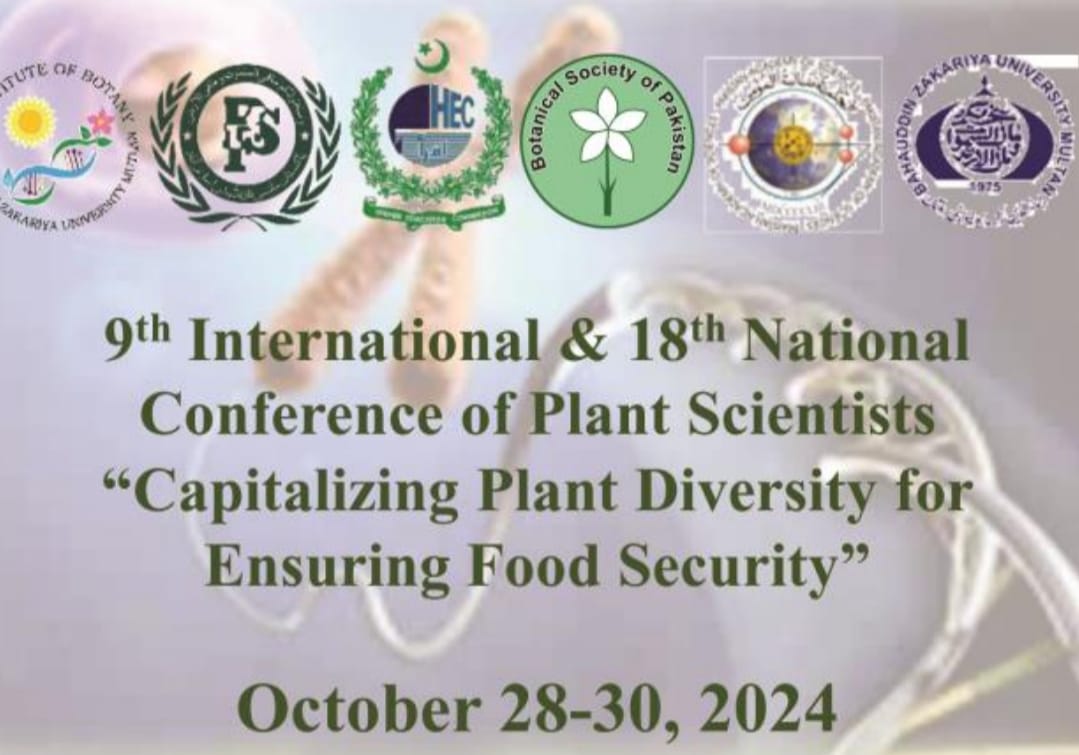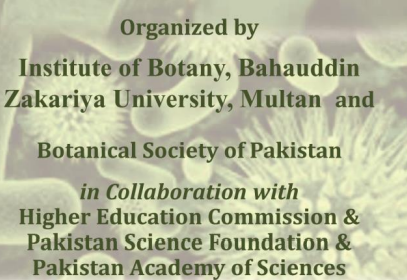Hassan Mehmood, Muhammad Arif Ali and Saddam Hussain
Details
55(SI): 1-10, 2023
Download PDF
Growth and yield of rice under variable application methods of zinc with and without arbuscular mycorrhizae in normal and saline soils
Details
55(SI): 1-10, 2023


